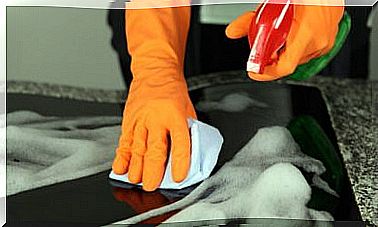The 11 Best Stretches For The Back
Stretches for the back can be used both to relieve pain and to prevent contractures. It is important to adapt them to our possibilities and not force them excessively.
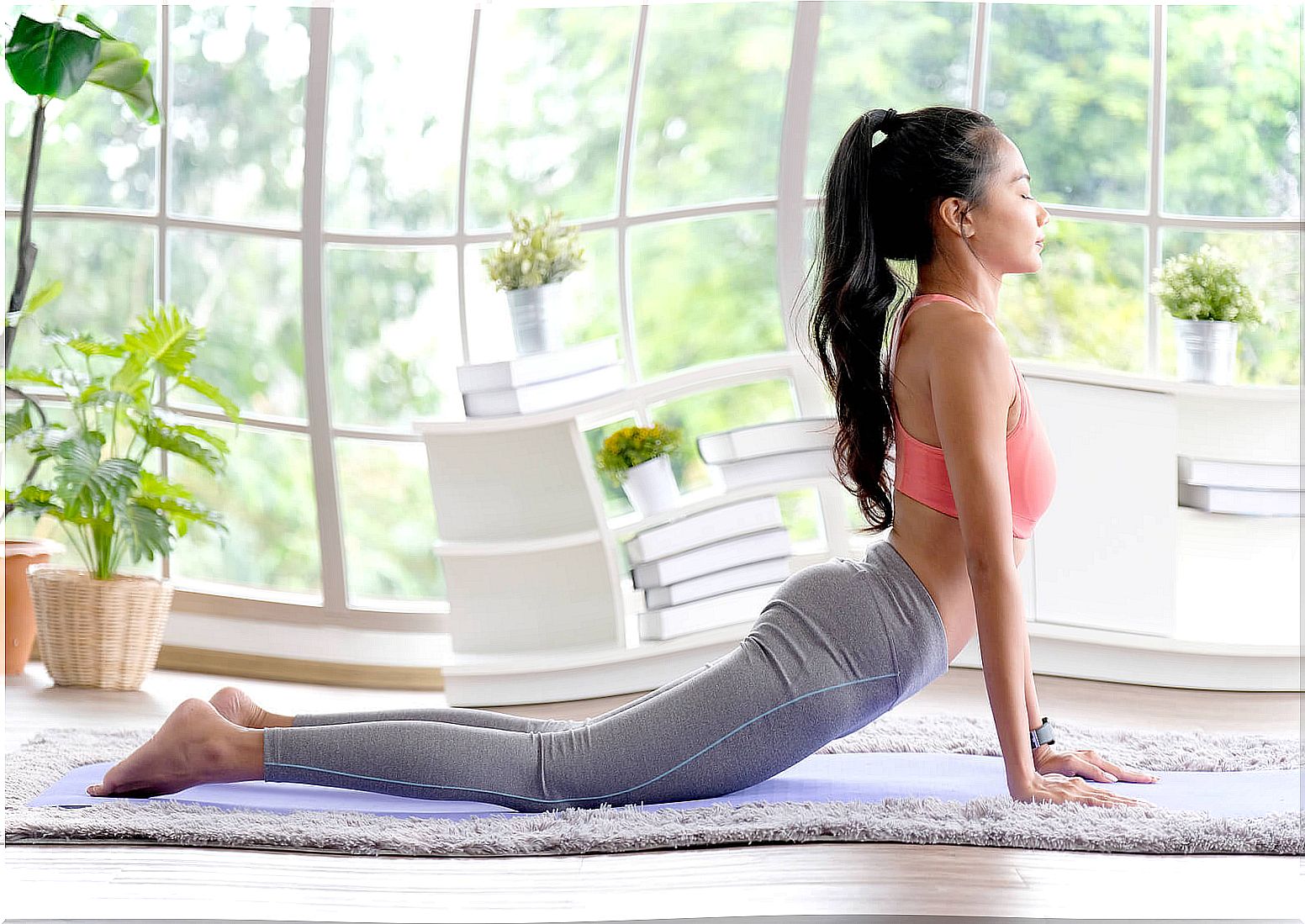
Whether due to overwork, spending many hours in front of the computer or even looking at the mobile for a long time, we can suffer pain in the neck or spine. Luckily, there are certain back stretches that are very easy and effective when it comes to getting some relief.
Today, pain in this area of the body has become “normal” for many and, on some occasions, the necessary measures are not taken to improve this condition. Next, we tell you what you can do to avoid major health problems. Take note!
Stretches for the back: for pain and contractures
The majority of the adult population suffers from back pain due to the lifestyle they lead. In fact, a publication from the National Institute of Neurological Disorders and Stroke points out that it is one of the most common reasons why people go to the doctor or become disabled.
If you cannot bear standing or sitting, and if you bend your body forward to avoid the ‘jerks’ characteristic of this condition, we advise you to carry out a stretching routine such as the one detailed below.
1. Hamstring stretch
The hamstring is a group of muscles that runs from the buttocks to the back of the thigh. It is very common to suffer injuries in this area, mostly due to excessive force. Do this stretch to relax your lower back and feel better.
How to do it?
- Lie on your back and stretch your legs.
- Raise your right leg as high as you can and grasp the thigh with your hands. Hold this position for 30 seconds.
- Do the same with the right leg.
2. Knees to chest
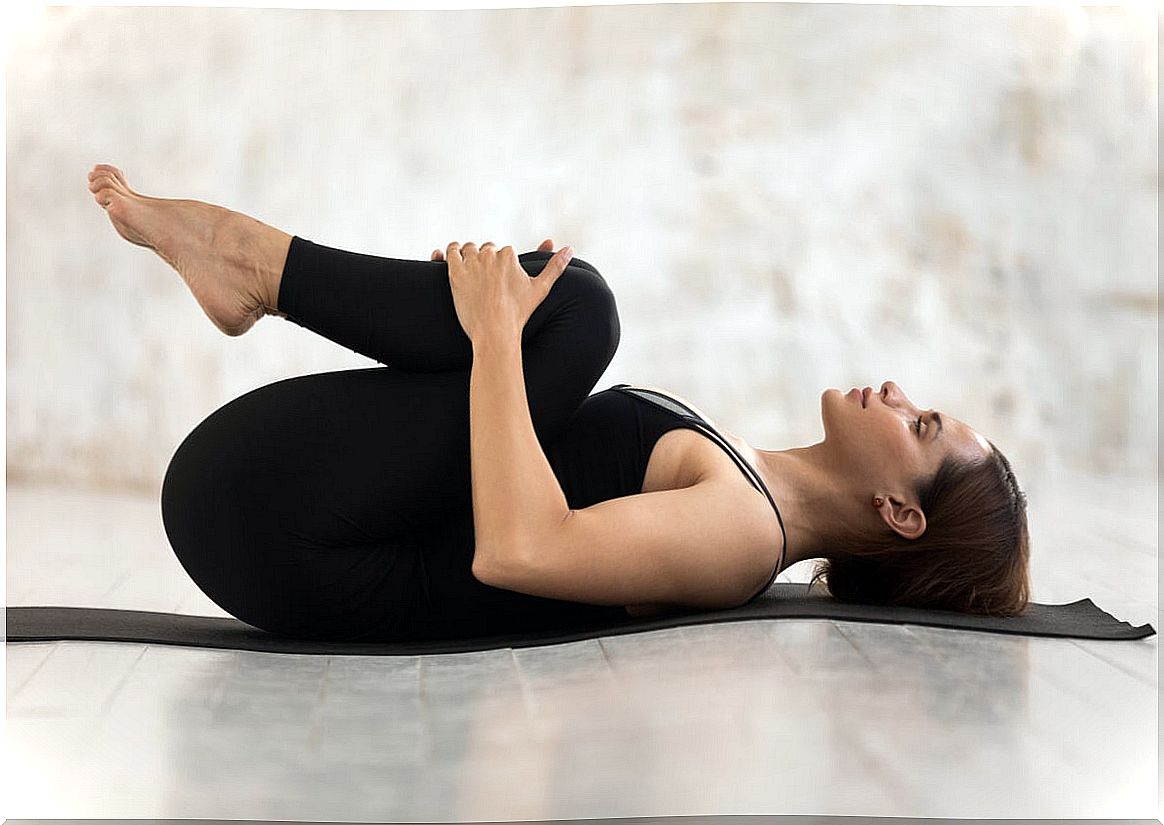
This movement helps to relax the hips and lower back. If you can’t raise your knee high, don’t apply too much pressure. The idea is to increase the strength little by little.
How to do it?
- Also lying on your back, bend your legs and bring your knees as close to your chest as possible. Hold with your hands and apply some pressure.
- Hold for about 30 seconds, turn your hips to one side and the other (as if you were a rocking chair) and stretch your legs.
- You can do the same exercise with one leg at a time, first the right and then the left, at least 30 seconds per side.
- The leg that is not flexed is bent, with the heel flat on the ground so as not to lose balance (no need to rock).
3. Cat stretch
It is so named because it emulates the posture of felines when they stretch or get up from a nap. It is a very popular pose in yoga and promotes flexibility in the spine.
How to do it?
- Rest your palms, knees, and insteps on the floor. The arms are well extended.
- Bend your spine up and down. In the latter case, it accompanies the movement by bringing the head back.
- Go very slow and repeat the exercise 10 times.
4. Spinal stretch
This is one of the easiest poses to perform, as it doesn’t require a lot of effort. When done correctly, you will notice almost instant relief in your back muscles.
How to do it?
- Lying on your back on the mat or bed, stretch your right arm at shoulder height (it should be perpendicular to your torso).
- Pass your right leg over your left so that your right knee touches the ground. You can hold it with your left hand. Apply a little pressure with your hand.
- Hold this pose for 20 seconds and switch sides.
5. Lateral stretches
This exercise is similar to the previous one and in the same way, it helps to elongate the back muscles.
How to do it?
- Lying on your back put your legs together. Bend your knees and turn to the right side.
- The torso should be supported on the floor, as well as the head and arms.
- Hold 30 seconds and do the same for the other side.
6. Mohammedan stretch
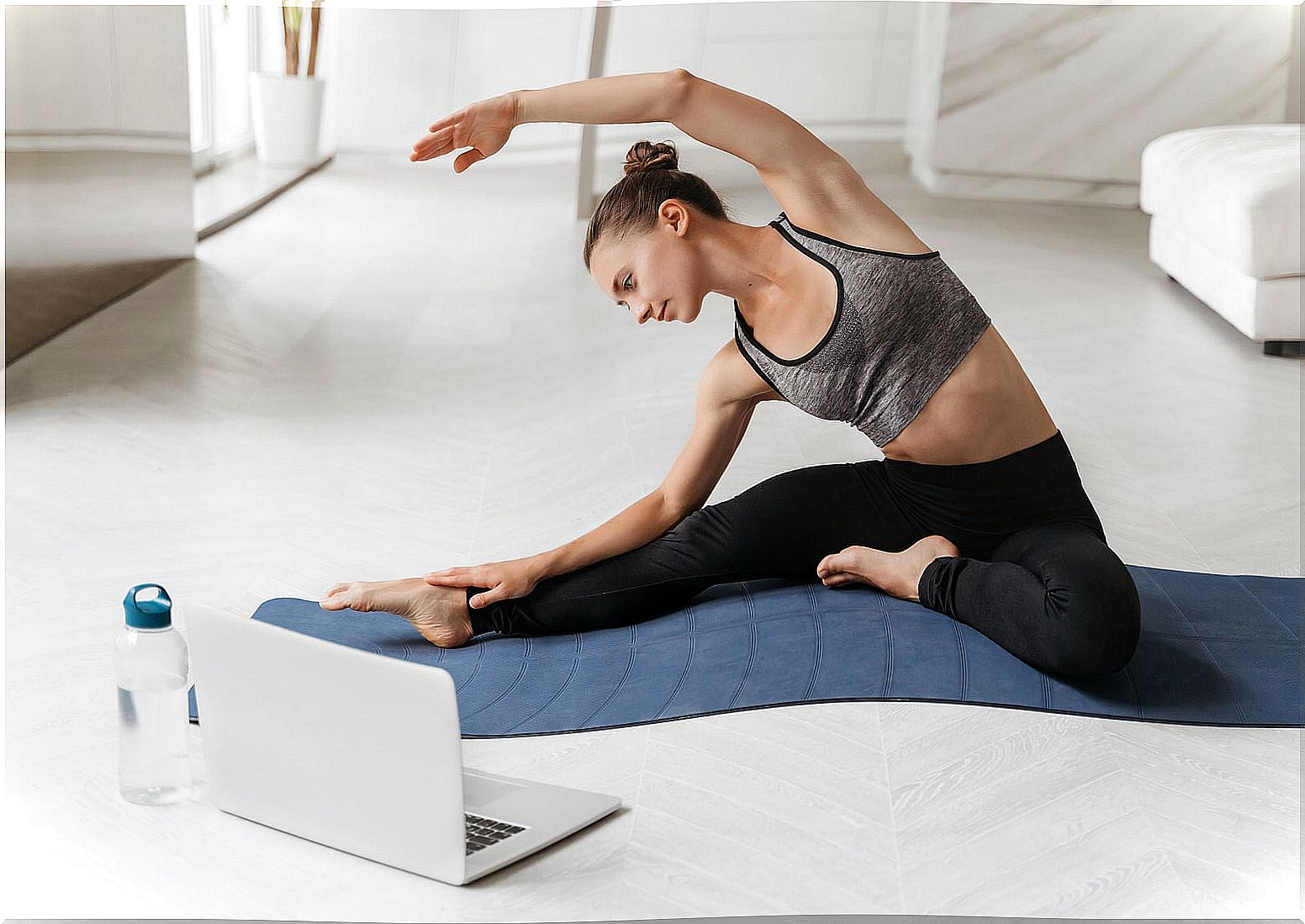
It is one of the best known and, for example, it is done at the end of an abdominal routine. Also, it can be used to stretch the lower back well.
How to do it?
- Support your knees and insteps on a mat.
- Raise your arms and bring your hands forward so that they touch the ground. The face should be as close to the ground as possible.
- Hold for a few seconds and rejoin.
7. Hip stretch
It is essential to lengthen the entire back from the base. To do this, you can support from the knees to the insteps on the ground, leaving the torso very straight and do the following steps.
How to do it?
- Bring your right knee forward and support the sole of your right foot.
- Put your hands on your front knee and move your body towards them.
- Hold 20 seconds and repeat with the other leg.
8. Pelvic lift
The pelvic lift is also very effective for low back pain.
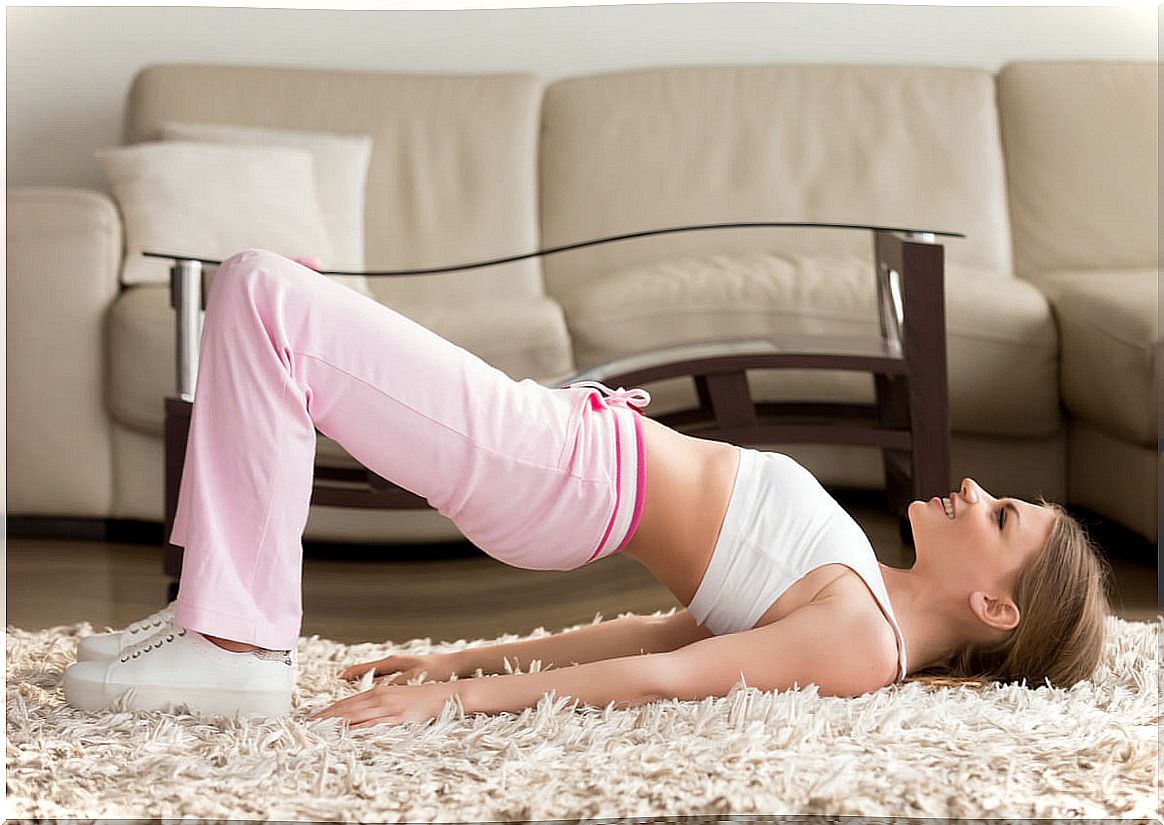
How to do it?
- Lying on your back, place the soles of your feet on the ground and leave your arms at the sides of your torso.
- Gently elevate your pelvis, without letting your shoulder blades come off the mat. The idea is that you form a triangle with the body.
- Hold the position for 10 seconds, lower yourself, and repeat 5 times.
9. Total stretch
This exercise can be very effective if your back pain is very severe or for after your workout at the gym.
How to do it?
- Stand in front of a wall (it can be a table) and support both hands at the height of the hips.
- Slowly lower your back while bringing your feet back.
- The objective is that the back is as parallel to the ground as possible and that the head ‘hangs’ between the shoulders.
- To help you, you can bring your buttocks out.
10. Cross leg stretch
These stretches are very effective for back pain. In addition, they can be done anywhere.
How to do it?
- Sit with your legs straight and your torso straight.
- Bend your right leg and pass it over your left.
- Rest the side of the foot on the side of the thigh and apply pressure with the left arm. The right hand is resting on the ground.
- Hold the pose for about 30 seconds and switch sides.
11. Arms stretch

Since contractures at the back level due to overwork are located in the cervicals, this exercise is ideal to stretch the arms, shoulder blades and shoulders well, and relax the area.
- For example, sitting on the edge of the bed, stretch your right arm over your head and turn your torso to the left side.
- Touch the bed with your right hand for a moment. Repeat for the other side.
- Standing, you can stretch both arms as if you wanted to touch the ceiling, rotate them to form an imaginary circle in front of the chest, and so on.
Bad posture, the fact of doing a task or work for an excessive time and a sedentary lifestyle are three factors that threaten every day and that can cause the back to suffer. Therefore, although it is important to take advantage of stretching for the back, in the day to day it is essential to stretch the whole body and take care of postural hygiene always to avoid pain or to be able to relieve it.
Try to keep these tips and exercises in mind so that you can practice them at home and help your well-being. Take advantage of them!








